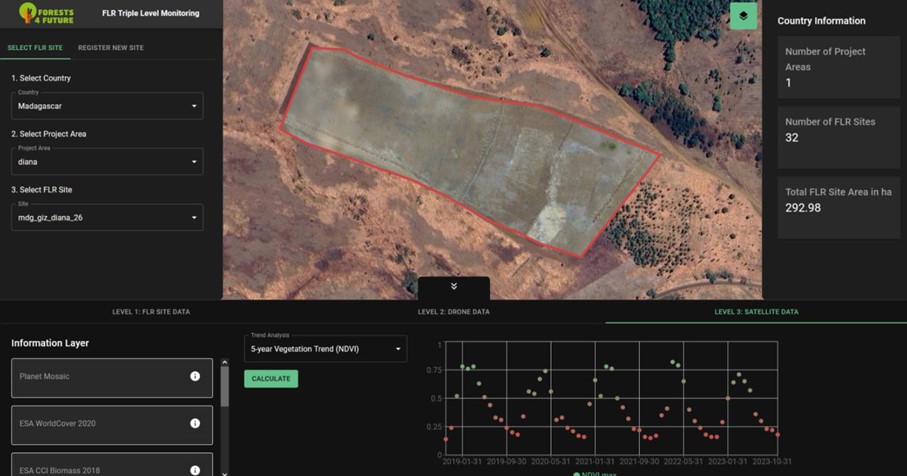Participation of key stakeholders (financing, agreements, alliances, etc.)
The financing of productive alternatives and/or improvement of agricultural practices outside the Sanctuary for families with land inside the protected area has stimulated the liberation of areas that were used for cattle ranching; in this way, actions have focused on recovering the impacted zones. On the other hand, the management of technical and financial resources with public and private actors facilitates the development and long-term permanence of the restoration process, because in addition to the construction of the infrastructure and the operation of the nursery (technical equipment and supplies), planting, maintenance and care are also carried out.
Much of the restoration work carried out by PNNC is thanks to the participation and inter-institutional efforts of CAS, CORPOBOYACA, WWF Colombia, AGROSOLIDARIA Association, the National Army, the municipalities, private companies and other key actors, who have provided inputs, labor and infrastructure, mainly. Undoubtedly, the strategic alliances in favor of biodiversity conservation in the Sanctuary are key to continue with the arduous and important work that the area has been implementing with these key actors.
- Good and constant relationship between local communities and the PA.
- Compliance with the work plan among inter-institutional actors.
-Resource management by partners and allies.
Alliances and agreements with different institutions make it possible for far-reaching projects such as the one carried out by the SFF Guanentá to be maintained over time. Thanks to teamwork with NGOs and academia, the work of propagation, restoration and research of these important species continues today.
